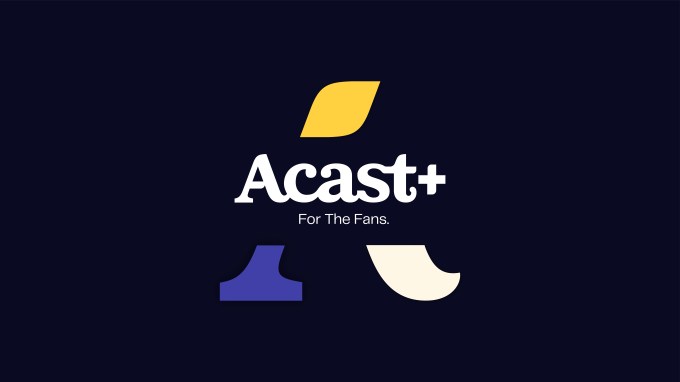After partnering with Patreon last year to support patron-only podcasts, Acast has developed a full suite of subscription tools called Acast+.
The company has experimented with paywalled podcasts beyond Patreon in the past, but Acast+ appears to be its most comprehensive offering yet. Podcasters who run ads from Acast will be able to introduce a variety of other paid options, such as ad-free streams, exclusive episodes and early access to content.
Listeners will be able to access this content from the podcast players of their choice, including Apple Podcasts and Google Podcasts.
In exchange, Acast will take a cut of subscription revenue — Vice President of Product Matt MacDonald described this as “part of the overall package of using Acast,” with podcasters benefiting from having the full monetization experience managed within Acast. That means they can upload and manage access to all their content from a single system (rather than having separate paid and free feeds) while also getting the “full revenue picture” of both their advertising income and subscription income.
MacDonald said it’s also crucial that Acast is supporting subscription access across podcast players, rather than creating a listening app or destination of its own.
“”That’s a really clear distinction,” he said. “We want to make sure the podcaster’s listeners are their listeners. We’re just giving them a financial tool to help them build a relationship with the listeners that are supporting their show.”
Acast co-founder Johan Billgren also noted that podcasters can customize the experience down to the names of the subscription tiers and even what subscribers are called. He also said that after the launch of Acast+, the company will continue working with Patreon.
“We want to give the most options to the creator,” Billgren said. “They are in charge of their relationship, and if Patreon is the best option for them, we want to give them that option.”

Image Credits: Acast
More broadly, he suggested that Acast+ reflects “a big shift” as podcasts go from from being “completely free and ad-funded” to a pursuing a broader range of business models.
“I think that the financial relationship is an expression of the overall relationship,” MacDonald added. (Listener relationship-building was also a theme in Acast’s acquisition of RadioPublic last month.) But certainly the financial side is important: “There are a number of times that I’ve heard podcasters say, ‘If I could make just a little bit more money, I could squeak out another episode.’ We’re giving them the financial pathways to do that.”
Acast+ is currently in beta testing and accepting signups from interested podcasters.
from TechCrunch https://ift.tt/3sA3BXP
via IFTTT
Comments
Post a Comment